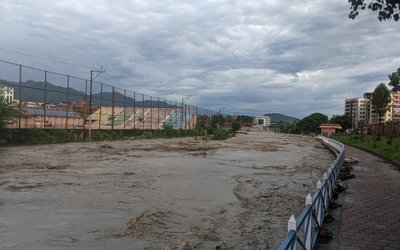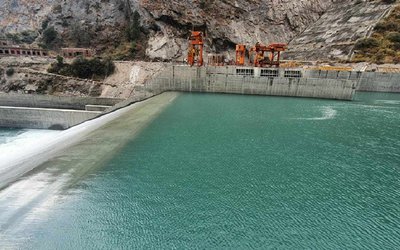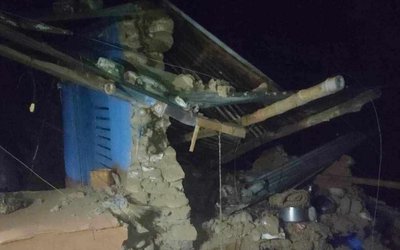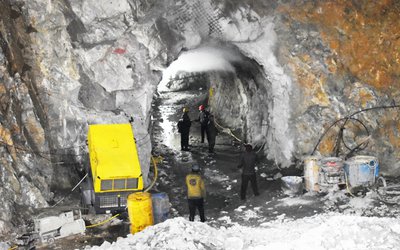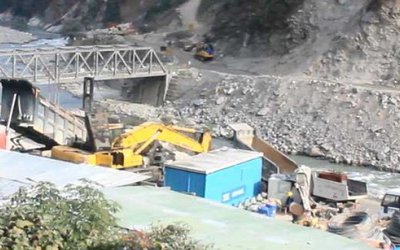
After the release of water in its tunnel and start of the trial of other units, 14 MW Kulekhani III, a chronic project of Nepal Electricity authority, is in the final phase of generation of electricity.
The case of Kulekhani III, a cascade project of Kulekhani I and II, was unique. Started eight years ago with an estimated cost of Rs. 2 billion, Kulekhani's cost nearly doubled in the last eight years. The project got delayed due to mismanagement and loose contract agreements.
For years, three chronic projects like Chameliya, Trishuli A and Kulekhani III were a major headache of Nepal Electricity Authority as these projects consumed almost decades to complete.
Just after assuming the post as MD of NEA, Kul Man Ghising launched his mission to complete a chronic project along with eliminating load shedding.
NEA Makes Rs.2.84 Billion Profit
At a time when some people are disseminating the news saying that Nepal Electricity Authority (NEA) has made over a billion rupees in loss, Auditor General, constitutional apex audit body, Annual Report of 2017/018 said that NEA’s net profit has reached Rs Rs.2.84 billion. In its report, Auditor General said that NEA’s financial condition is healthy.
Released recently, the report said that Reserve Fund and Collection Fund is now Rs.23.59 billion in credit compared to Rs.26.33 billion last year. The report says that ratio of profit margin has increased. Similarly, in ratio with liability and total spending, the losses in employees spending and distribution ratio have declined.
Auditor General’s Final Auditing has shown that NEA is in a net profit of Rs. 2.84 billion 8.1 million. When Kul Man Ghising was appointed NEA’s MD in August 2017, NEA was operating at a net loss of Rs 8.89 billion. Along with ending the decade-long chronic load shedding, Ghising is able to run NEA in profit due to his management capacity.

Under the leadership of Ghising, NEA has been making several efforts to control electricity loss and administrative and financial reforms.
MD Ghising released NEA’s annual report in August 2018 predicting that the total profit will be over Rs.1.10 billion. The actual profit for the last fiscal year reached nearly Rs. 3 billion in the final audit. Progress made in controlling electricity loss, import from Indi, declining of ratio of electricity purchase from private sector, control in maintenance and administration cost, ending load shedding and effective implementation of financial restructuring are the reasons to run NEA in profit.
In the last fiscal year, NEA was able to reduce the electricity loss to 20.45 percent. The loss in generation, transmission and distribution has declined last year to 2.45 percent compared to previous year. Last year, the loss was 22.90 percent.
Furthermore, NEA has already reduced the electricity leakage by 15.45 percent in the last five months of the current fiscal year. NEA has set a target to bring the leakages by 18.5 percent in the current fiscal year. In the last fiscal year, transmission loss was 5 percent two previous years. It reaches 5.63 this year with increase of 0.63 percent. However, the distribution leakages reduced from 2 percent from 16.82 to 14.82. NEA has been launching leakage controlling, electricity theft, incurring remaining due and improvement of distribution transformer, distribution line and strengthening substation as a national campaign.
- NEPAL-THAILAND: Joint Business Council
- Apr 13, 2025
- BIMSTEC SUMMIT: Nepal’s Stand
- Apr 11, 2025
- IME GROUP: Expands Into Paper Industry
- Mar 24, 2025
- CPN UML: Instigated By India
- Mar 23, 2025
- ADB’S CHIEF ECONOMIST: Nepal Reduces Poverty
- Mar 11, 2025
